

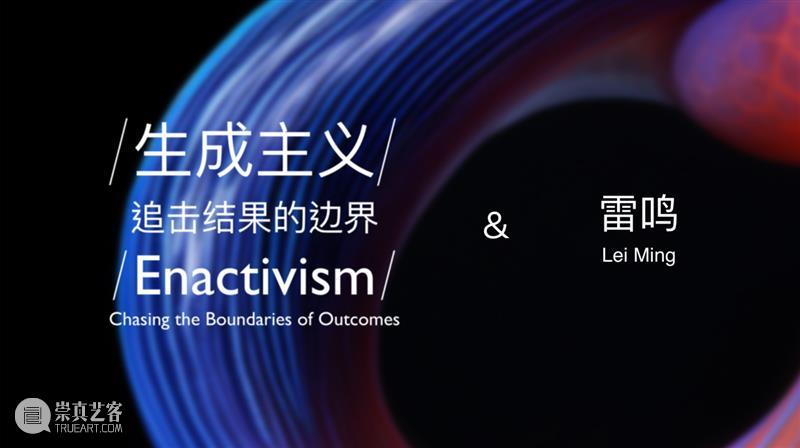

首先让我们来分析雷鸣作品中的主体性。雷鸣是一位聚焦在现成品装置以及现成品拼贴领域的艺术家。在他的材料中,现成品物与现成品图像之间界限通常是很模糊的—这意味着有些时候,雷鸣选择出现成物品,却使用的是其图像的身份;而选择的现成品图像,使用的却是其物的身份。这一点我们在下文中马上会看到例子。可以说,对于材料的属性和身份的认定是雷鸣在工作中的一个习惯性的前置动作。比如在他近些年的主要作品《日本制图大全》系列中,雷鸣选取了自己在二手平台上可以买到的众多来自日本的物品—从德川时期的水墨卷轴作品,到60年代的日本私人相册,再到70年代日本艺术家的原作,还包括了艺术书,海报,小雕塑,小装置等等。而雷鸣处理这些材料所使用的结构即是在一个高级画框中对这些物品中的一些或几个进行选取,排列以及搭配,用他的话说—进行一个策展的工作。
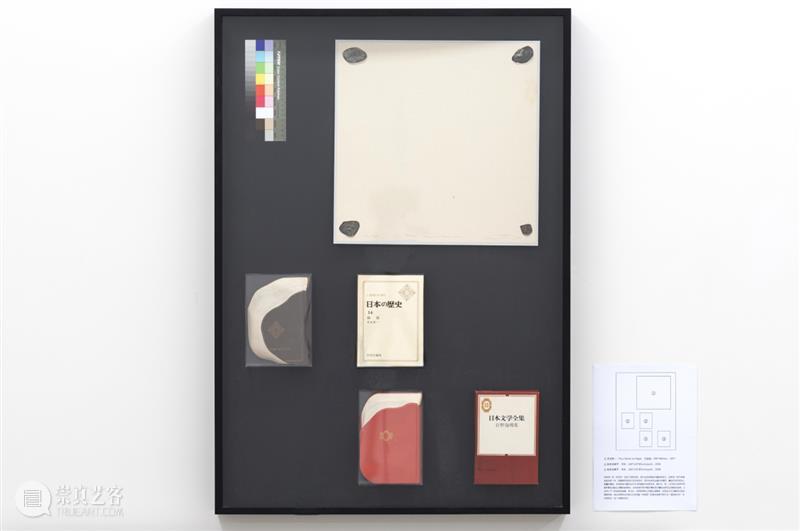
日本制图大全(井田照一, 森末由美子) 100×70cm 互联网购得的日本绘画,展签 2023
雷鸣在工作中出现的结构即体现在对这个“策展”动作的强调上,也表现为对于作品中这个木制相框作为组成作品的重要材料这一认识上。雷鸣通常只是选取有限的几个物品,并在与相框配套的木板上进行反复的推敲与实验,力图“在审美上找到最优的可能”。最终,数个物品以某种雷鸣认为最好的摆放方式被封存在一个玻璃画框之中,而这些物品之间的排列方式通常与物品的内容,属性以及身份相关。高级木制画框作为一个封存并展示艺术家对于材料选择的工具,在这里是体现结构绝佳的例子——通过画框,雷鸣工作中的结构即是一个对观念的描述,也成为了一个对于实际框架(frame)的描述——他工作的结构即是这个作为物品的框架。
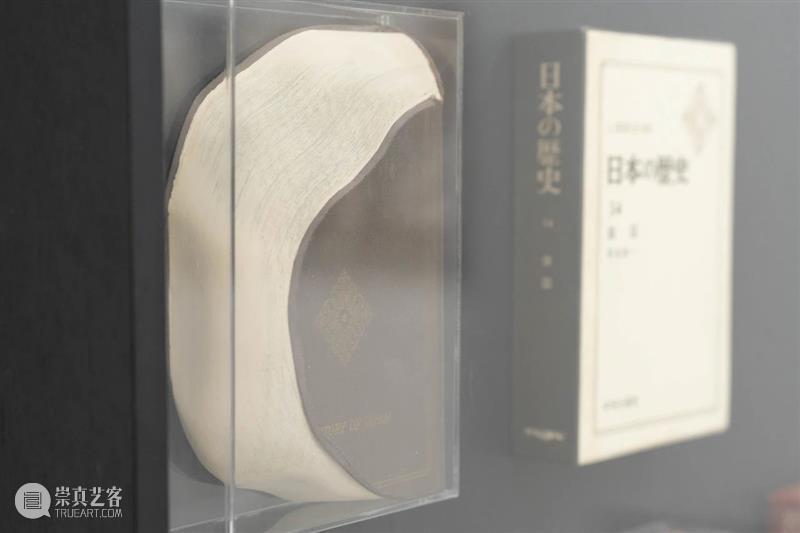
日本制图大全(井田照一, 森末由美子)局部
将这些材料进行排列组合并封存于这个相框之中同时也存在着给予生成性预留出的空间,这个空间在雷鸣的结构中就是文本性所产生的空间。在雷鸣的另一个系列作品《苹果》中,他从网上购买了大量的严重损坏的苹果手机—有些看上去是从高空坠落过,有些看上去则被车反复碾压过,还有一些看上去则是抵挡了刀砍。当我们去想象也许是何种事件以及何种激烈的情绪纠葛导致这些手机遭遇了如此劫难的时候,我们也会意识到,这些手机中的信息也许以某种方式(或者在未来)还是可以被读取的—尽管这仅仅是一个可能性。而雷鸣使用树脂浇筑的方式将整个苹果手机进行了封存。这个动作既催生出了被封存之物的文本身份,又将“被封存的到底是什么”这个问题进行了悬置—是作为一个历史参与者的苹果手机?还是被损坏的苹果手机中储存的信息?还是苹果手机的物理结构—对以上问题的悬置在这里正体现出了雷鸣对于生成性的关注,因为在继续流变的历史中,也就是被封存之物之外的这个世界里,随着事态的变化,人们对事物的关注点、认知框架以及价值判断的方式会发生改变,这些改变构成了一个充满了“随机性,偶发性以及运气”的语境,而对雷鸣封存之物的认知将随着历史的演进开始生成,这个空间正是雷鸣的整个工作中生成性存在的空间。
撰文:林梓
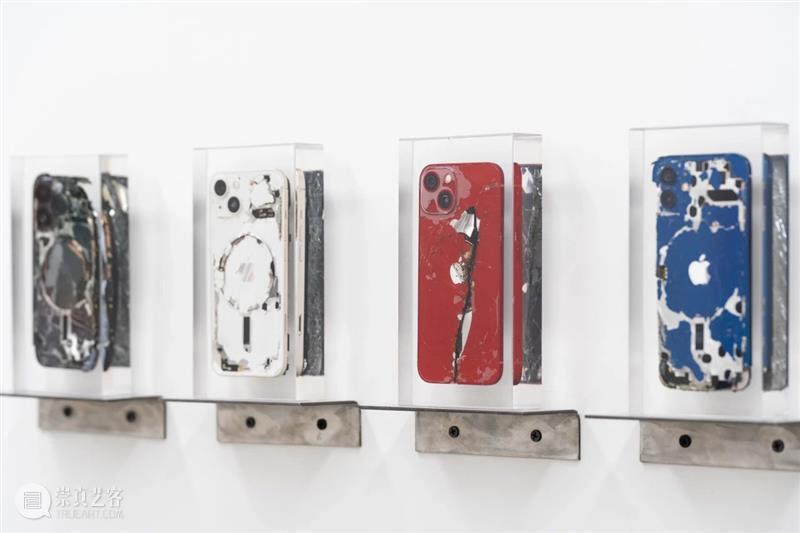
苹果 10×8×3cm 闲鱼上购买的二手苹果报废机,透明树脂 2024


雷鸣,1986年生于青岛。2008 年毕业于天津美术学院版画系。2017 年毕业于中央美术学院未来媒体艺术方向,跟随 Jeffery Shaw(邵志飞)学习。作为业余艺术家,他专注与图像及其技术配置的问题。
近年展览包括:不确定,M的房间,北京(2023);上海,第 40 天,M 的房间,北京(2020);姑且相信,凹凸空间,北京(2019);unfreeze,松美术馆,北京(2019);数据·图像·异轨,gessoisland,沈阳(2018);现在的未来,杨画廊,798 艺术区,北京(2017);三联,个展,salt project ,北京(2016);空间协商,群展,中央美术学院美术馆,北京(2016);空间计,群展,泛空间,草场地,北京(2015);我是我非我,群展,中央美术学院美术馆,北京(2014);凯撒艺术新星,群展,今日美术馆,北京(2013)。

Q=Click Ten gallery
A=雷鸣
Q:如何看待“生成”?是否认为自己的工作方式可以被归纳进 “生成主义”?
A:“生成”不是什么新东西,每个人都是一部生成机器。在生成的世界里,没有什么神秘的东西,只是个体在环境中调整参数的问题。
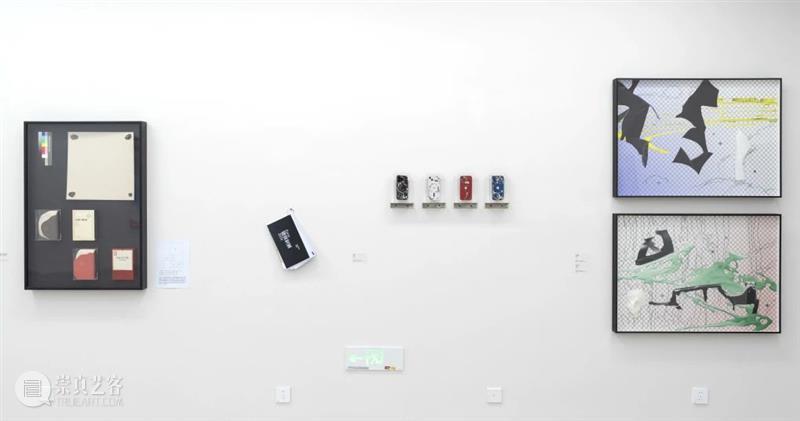
生成主义-追击结果的边界 雷鸣 展览现场
Q:艺术家如何处理工作中产生的失败品或废品。
A:丢掉,除非它们还有二次使用的可能。“失败”是很难定义的,无论失败或成功,都是继续工作的起点。
Q:艺术家如何看待工作的结果是什么。
A:我希望我的工作可以流程化,它的材料、技术都是易寻得的。如果一个人希望创作出我的作品,他只需要遵循这份“创作指导”的步骤,就能做出同样的东西。
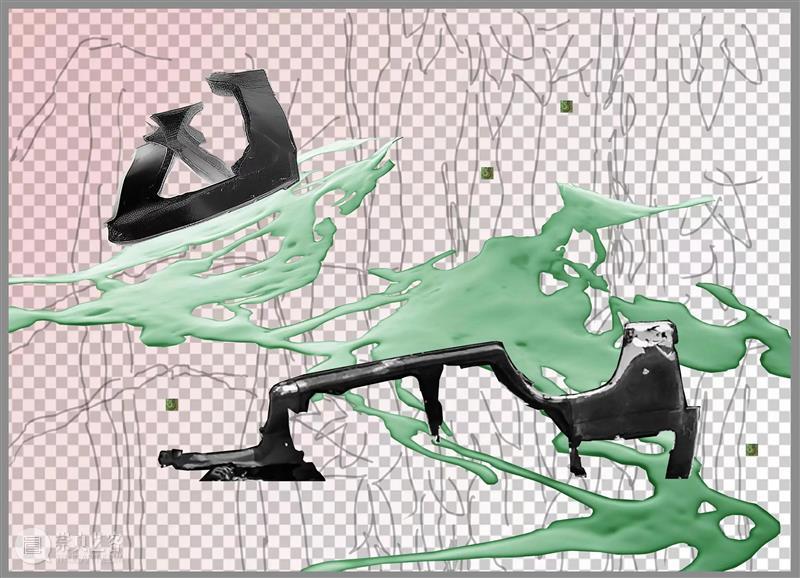
错误识别 3 60×80cm 收藏级打印,3D打印树脂模型,螺钿等 2024
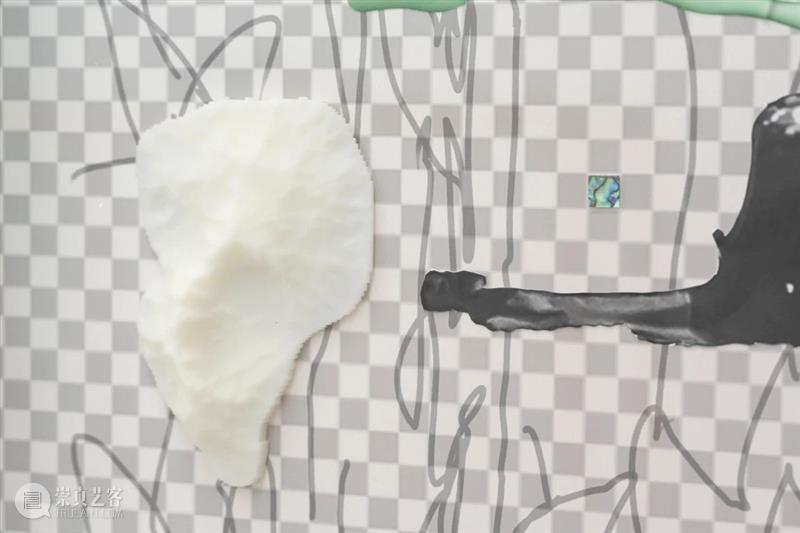
错误识别 3 局部
Q:艺术家在工作中使用何种技术工具或物理工具。
A:目前在使用的:代码、电脑软件、刻纸刀、打孔器、透明树脂、模具、测光表……这个列表会不断的生长下去。因为不同的图像类型和观念,背后有着不同的技术配置,我需要不用的工具来处理这些问题。
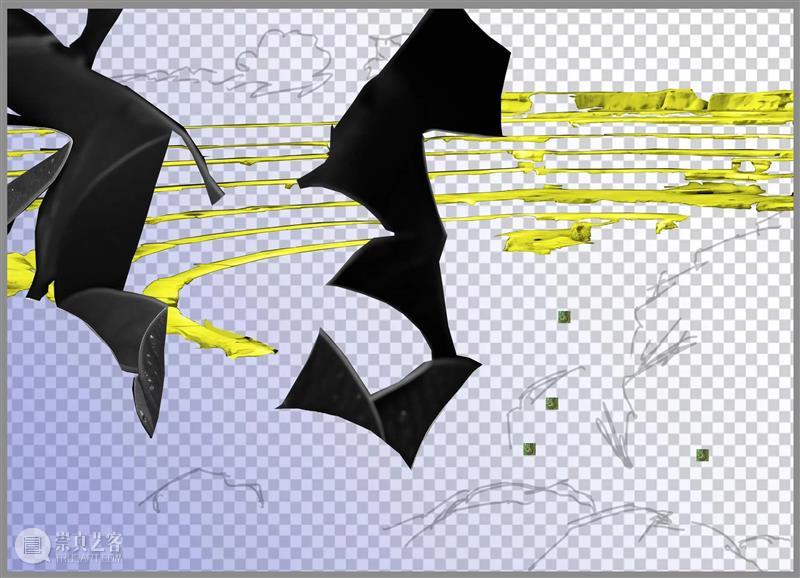
错误识别 2 60×80cm 收藏级打印,3D打印树脂模型,螺钿等 2024
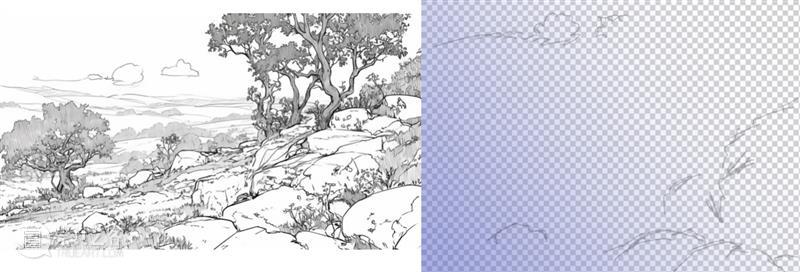
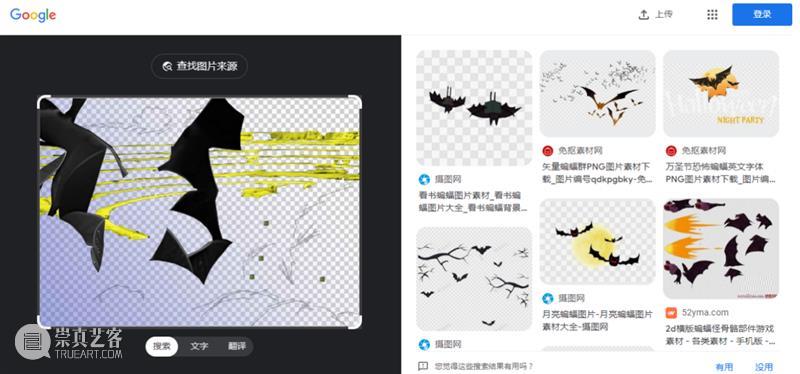
错误识别 2 创作过程 根据图像识别的原则,对图像进行切割、改变色彩、手写板涂鸦等处理,直至AI无法对该图像进行识别为止。
Q:艺术家工作中使用的材料来源于哪里?
A:淘宝、闲鱼、eBay、购够网、微拍堂。

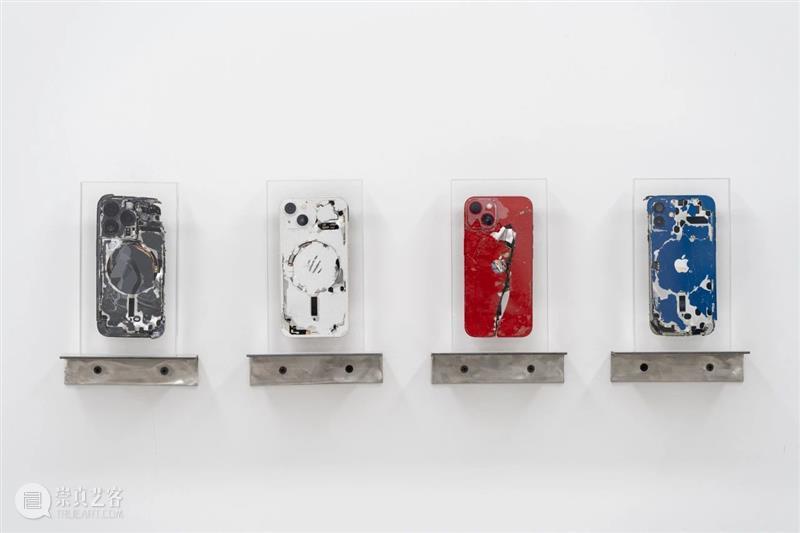
苹果 10×8×3cm(单个)闲鱼上购买的二手苹果报废机,透明树脂 2024
编辑:穆涵

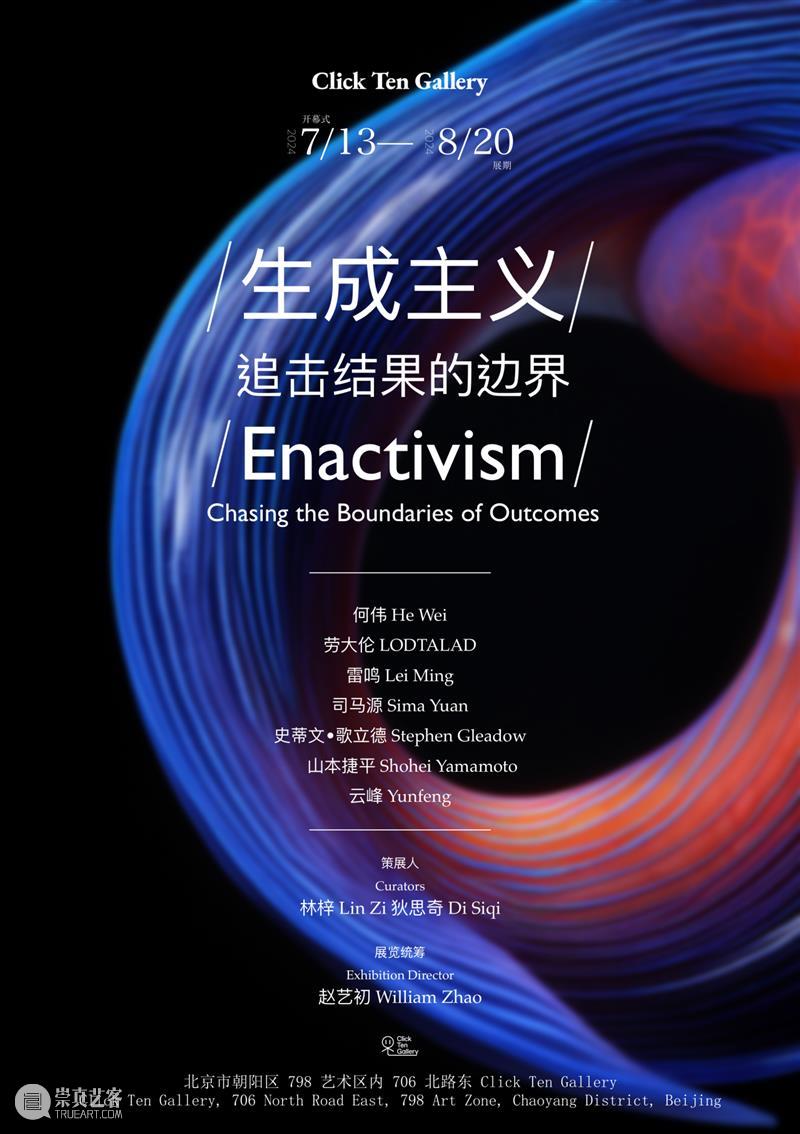
/ 生成主义 /
追击结果的边界
/ Enactivism /
Chasing the Boundaries of Outcomes
2024.7.13-2024.8.20
Click Ten Gallery
北京市朝阳区798艺术区内706北路东
706 North Road East, 798 Art Zone, Chaoyang District, Beijing


Click Ten Gallery 创立于2020年,位于北京798艺术区,是一家兼备艺术机构属性的商业画廊。我们致力于挖掘国内新一代艺术家的同时放眼全球,期望将国外优秀艺术家推广到中国。与此同时,我们也希望与艺术家、策展人、学者、收藏家紧密联络,通过实体空间和专业团队构建工作系统,共同探索中国当代艺术的多元未来。
Founded in 2020 in the 798 Art District, Beijing, Click Ten Gallery is a commercial gallery and art foundation. We focus on discovering a new generation of Chinese artists with a global vision and introducing outstanding international artists to China. We also hope to closely connect with artists, curators, scholars, and collectors, building a working system through a physical space and a professional team to explore the diverse future of contemporary Chinese art.
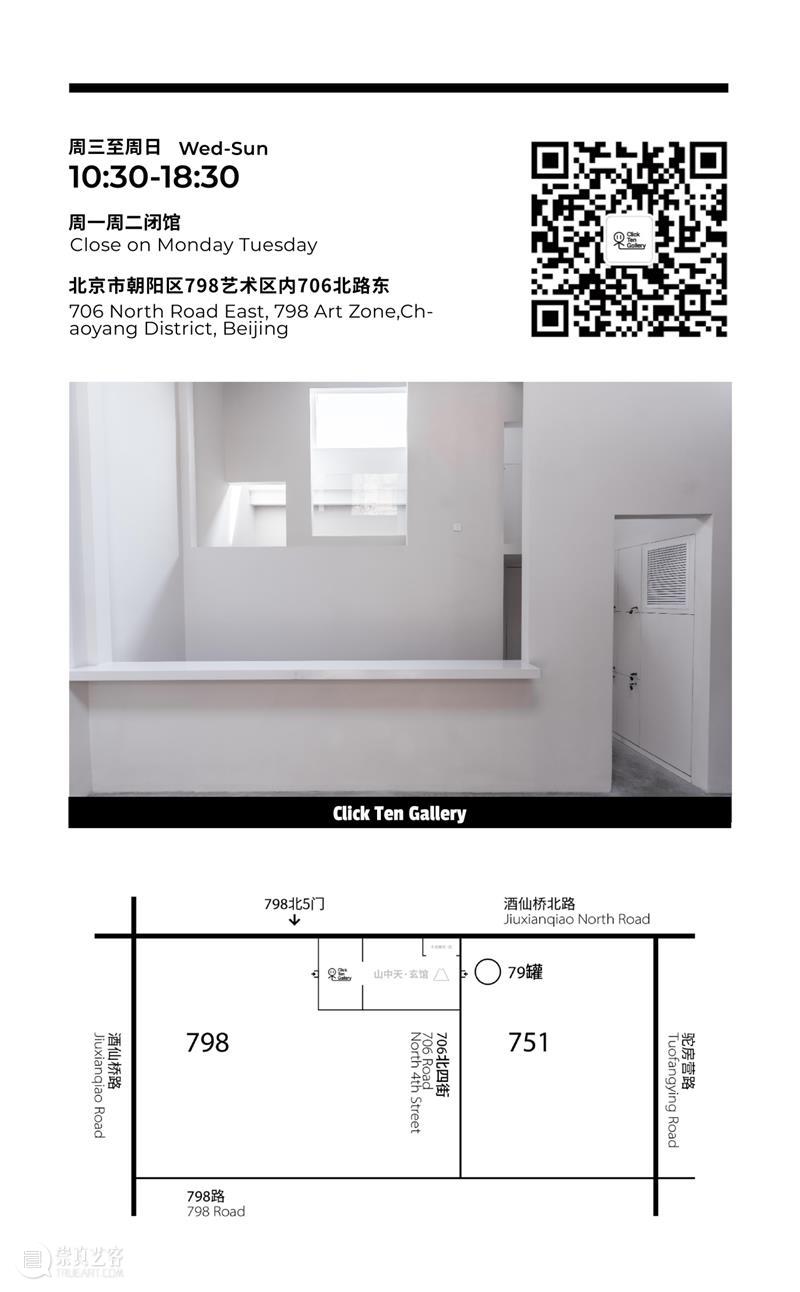


已展示全部
更多功能等你开启...





 分享
分享